The State of Super Shoes
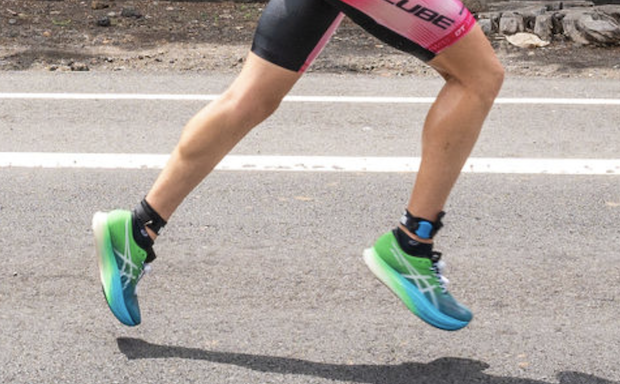
Triathlon championship season has mostly come and gone – we haven’t forgotten about you, WTCS Final in Abu Dhabi – and with it, we’ve seen a bit of a sea change when it comes to running footwear on professionals and age groupers alike. The verdict is in – if you’re not racing in a supershoe, you are simply giving up far too much performance. Run times across the board at both the 70.3 and 140.6 distances are improving.
Here are some of the key lessons we’ve learned across this championship season about running shoes.
King and Queen of the Hill: Asics
ASICS is rarely at the forefront of footwear trends. They were one of the last companies to dip their toes into the natural running wave, and one of the first to pull back away from it. They were also one of the last companies to bring out a true maximum-cushioning competitor to the likes of HOKA. It was not entirely surprising, then, when carbon-plated run shoes were first introduced to the market by Nike and then followed by Saucony (among a few others) that it was ASICS who were slow to introduce a line to the marketplace.
It’s pretty clear that they got their shoes right, though. The MetaSpeed Sky, Sky+, and Edge were all well represented in both Kona and St. George this year, including on the feet of reigning IRONMAN World Champion Chelsea Sodaro (with former sponsor HOKA on her run kit) and IRONMAN 70.3 World Champion Kristian Blummenfelt.
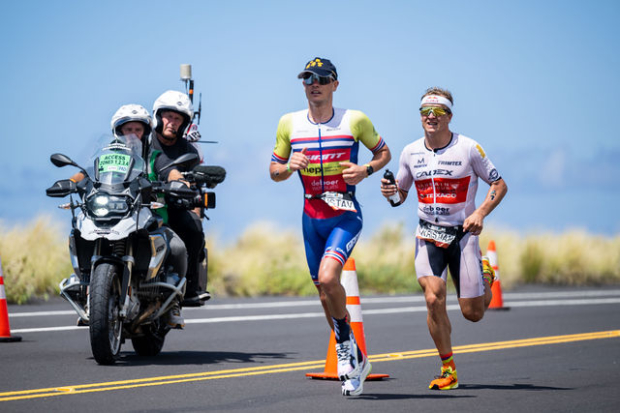
In fact, in Kona, ASICS took 27% of the combined top 15 men and women’s footwear share (the exception to the MetaSpeed line appeared to be Daniela Ryf, wearing the MagicSpeed – but she has also typically raced in a more traditional flat than others). It also appeared frequently on the feet of non-sponsored athletes, something that has usually been held by one of the two Nike shoes (Vaporfly and AlphaFly). It also was worn by Matt Hanson, who most recently was an On Running athlete.
The major component that, in my experience working in the run industry, ASICS has gotten right with their shoe is that it has more platform stability than the two Nike shoes. It’s wider in the midfoot by a healthy margin. There’s more carbon rubber on the outsole, particularly under the navicular region of the foot. And, crucially, there is plenty of cushioning and a reasonably light (7 ounces) platform. It’s unsurprising to see that there are some athletes who have pivoted to wearing these shoes for all of their training and racing.
It’s been almost a decade since ASICS appeared near the top of our running footwear polls. Based on what we’re seeing in the professional ranks, that number should soon be creeping upward.
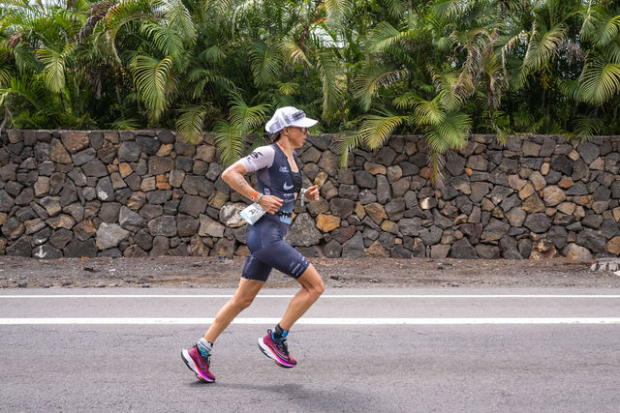
On the Podium: Nike and HOKA
It shouldn’t come to any surprise that the Vaporfly and AlphaFly, respectively, remain incredibly popular. The genre-defining shoes from Nike matched the count from Asics in Kona, including being on the feet of long-time leader Sam Laidlow and eventual third-place finisher Anne Haug. The most interesting note is that it was the Vaporfly, and not the AlphaFly, that triathletes most often selected. This is despite the fact that Nike specifically calls out that the AlphaFly is more cushioned than the Vaporfly.
The other major representative at the front of the field was HOKA. A new prototype rumored to be released in January (some tagged as the next generation Carbon Rocket) made its way onto the feet of nine of the top 30 combined men and women in Kona. For those keeping score, it means that ASICS, HOKA, and Nike combined for 83% of the top finishers at the IRONMAN World Championships and 100% of the podium at 70.3 Worlds. HOKA has struggled a bit in the carbon footwear space relative to its overall market share, as shown by Sodaro moving from a HOKA sponsorship to wearing ASICS in Kona. Typically that’s been due to a harsher-than-average ride. The new shoe features HOKA’s attempt at a next generation foam along with the carbon plate, and early returns look promising.
New Footwear Rules Coming in 2023?
One of the major talking points coming out of long-course championship season were the prototype On Running Cloudboom Echo’s of IRONMAN World Champion Gustav Iden. The one-of-one prototypes were delivered to Iden shortly before the IRONMAN World Championships and prior to Iden’s signing with the footwear brand. They also featured a stack height north of 40 millimeters.
As of January 1, 2023, those shoes will be prohibited by World Triathlon (assuming approval of a rule proposal next week).
For context: the IRONMAN rulebook is silent as to what you can wear for running shoes. When the IM rulebook is silent, the World Triathlon rulebook “may be used by athletes as guidance when necessary only when the IRONMAN Competition Rules are silent on a specific rule or area.” At present, the World Triathlon rulebook is silent. That then means the sport relies upon the rulebook of the underlying discipline (so, FINA for swimming, for instance), unless the technical committee decides not to enforce a particular rule. As reported by Tim Heming, World Triathlon declined to enforce the World Athletics rule on shoe stack height until Iden’s record-breaking performance in Kona forced their hand.
Assuming that there is approval of enforcement next week, this rule will definitely pertain to World Triathlon racing. As for IRONMAN racing – a representative noted that their intention is to follow whatever guidance comes from World Triathlon.
All Photos: Aaron Palaian



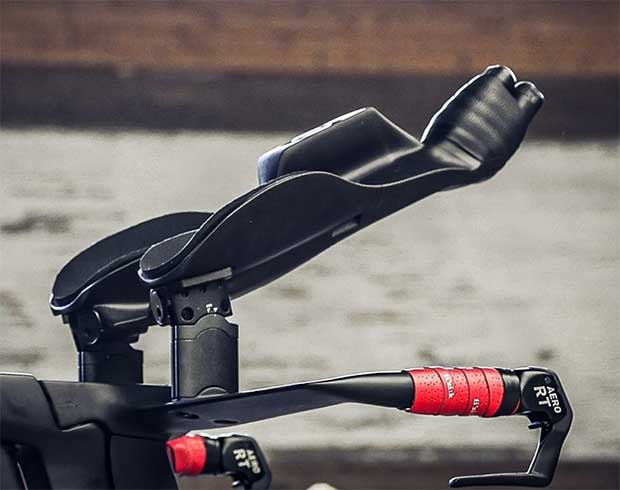
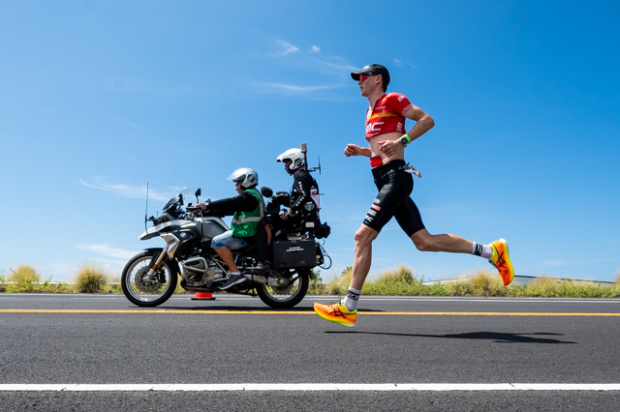
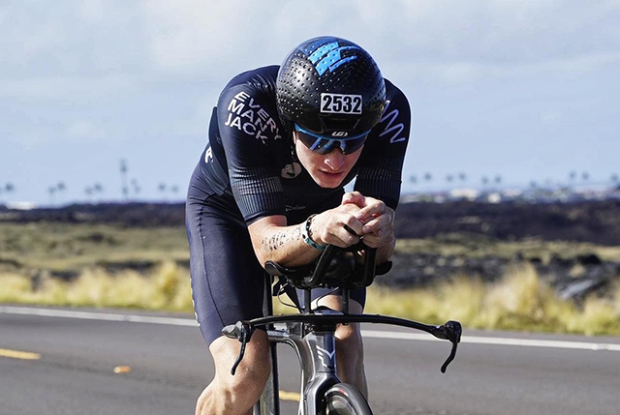

Start the discussion at forum.slowtwitch.com